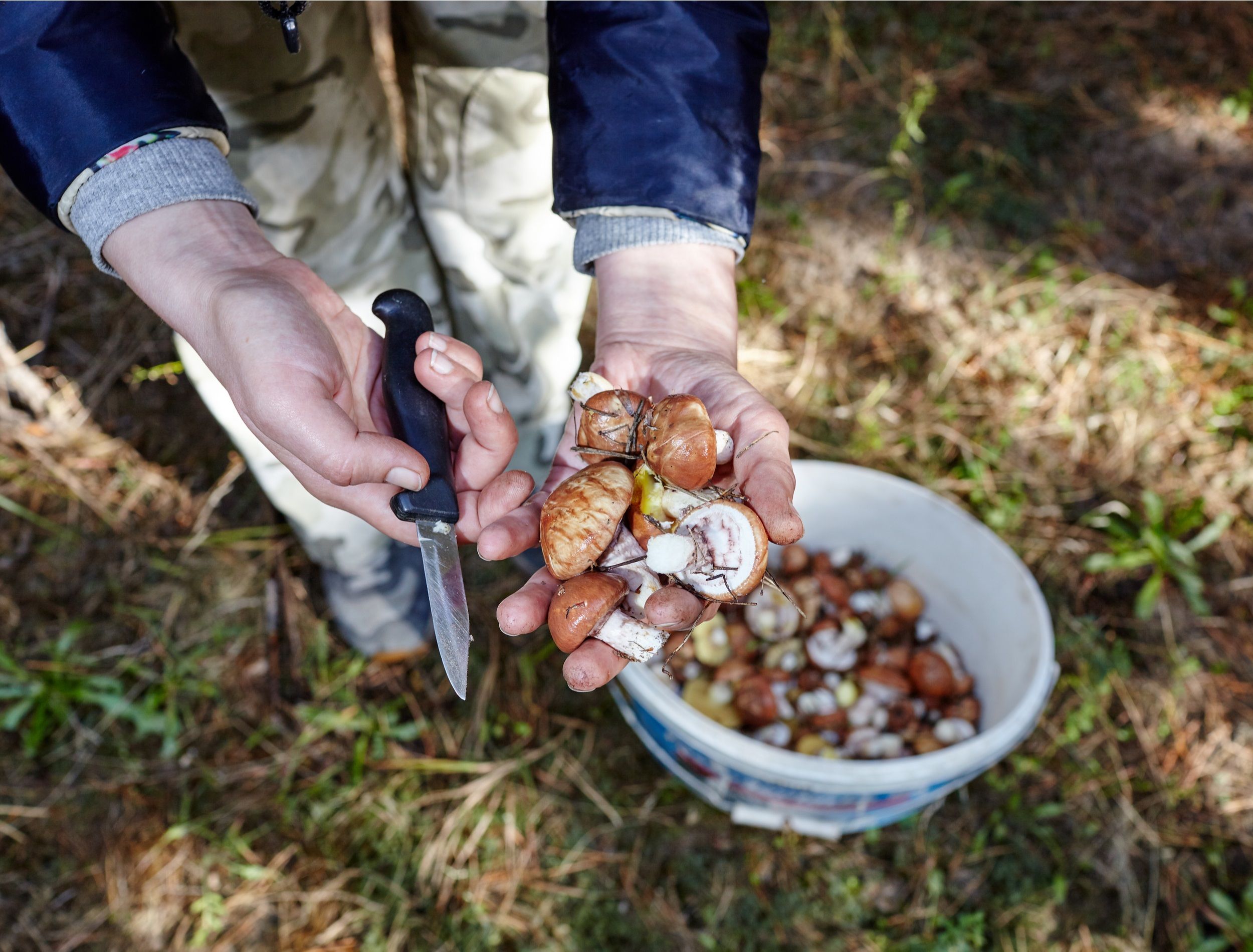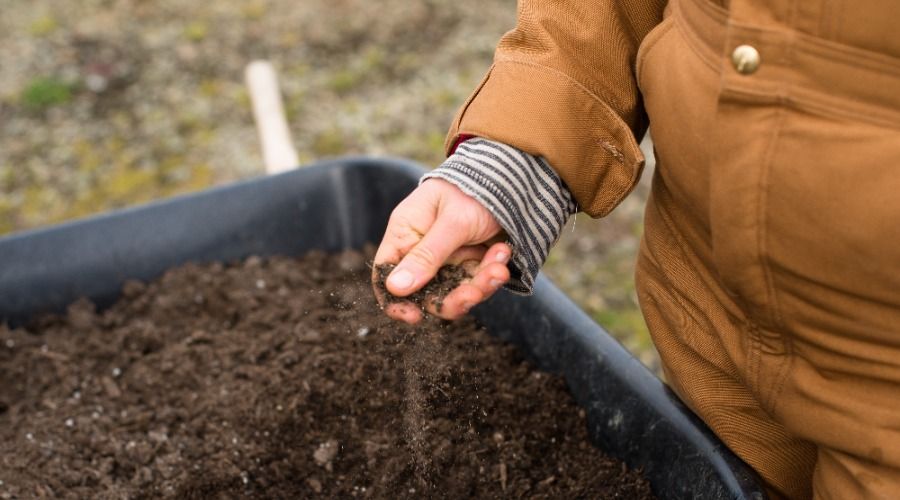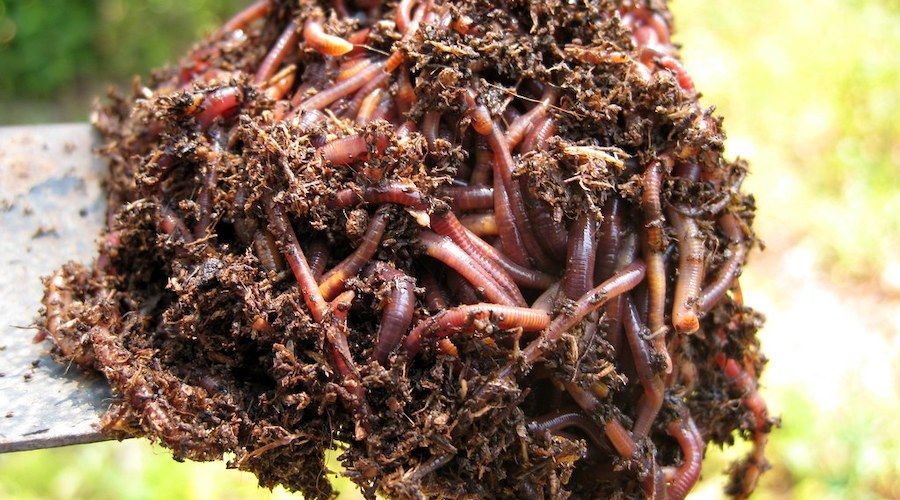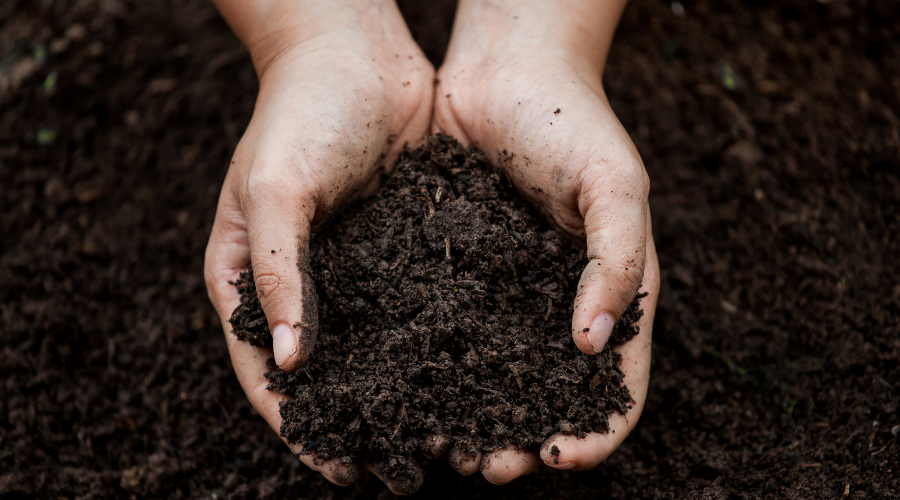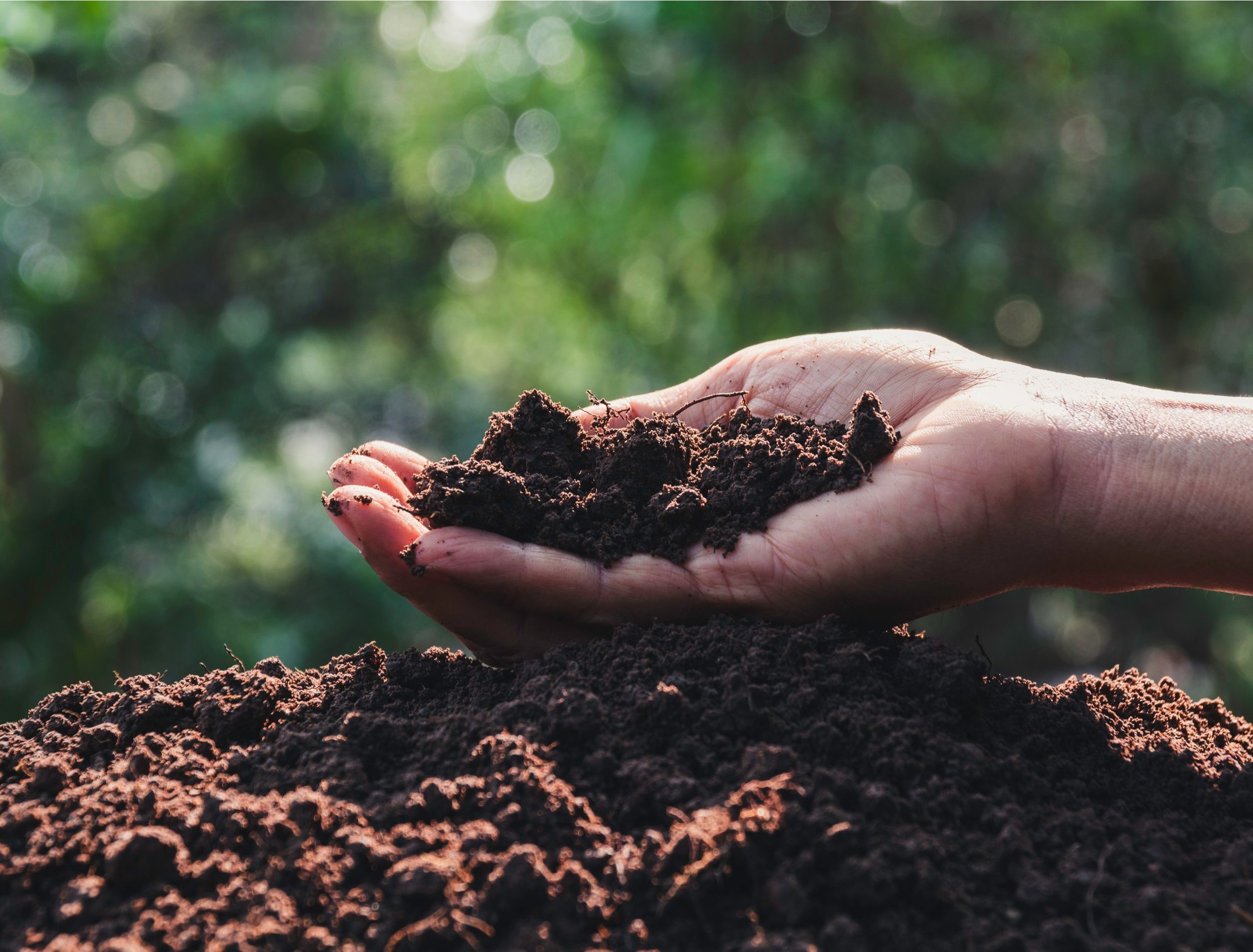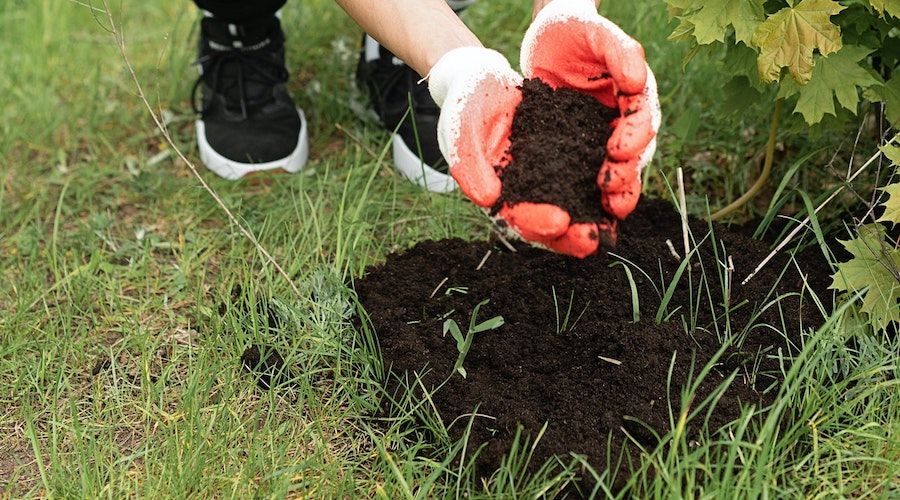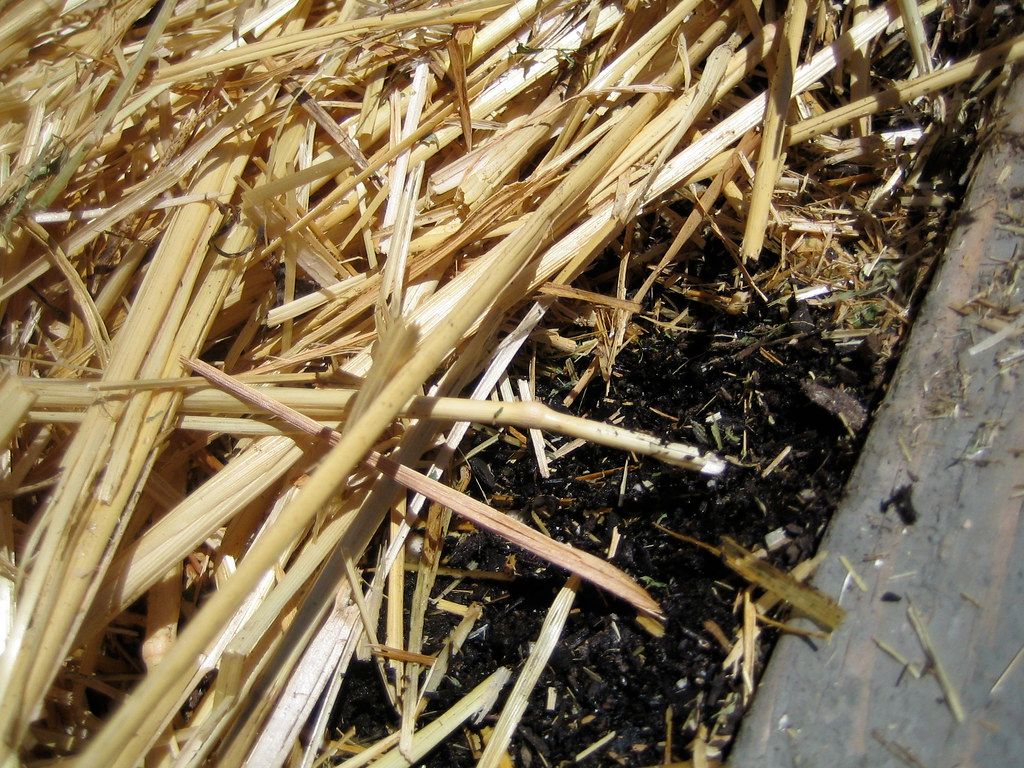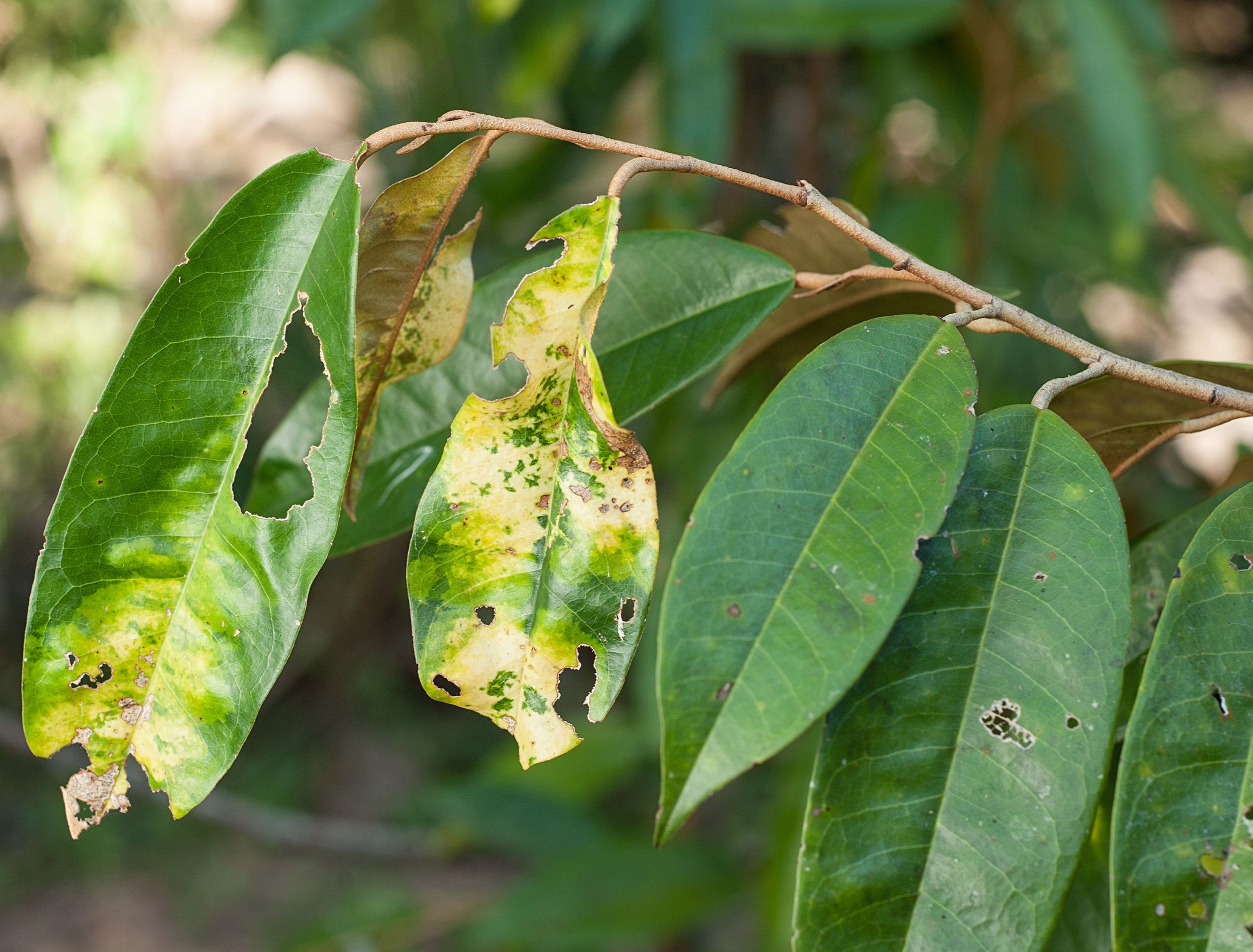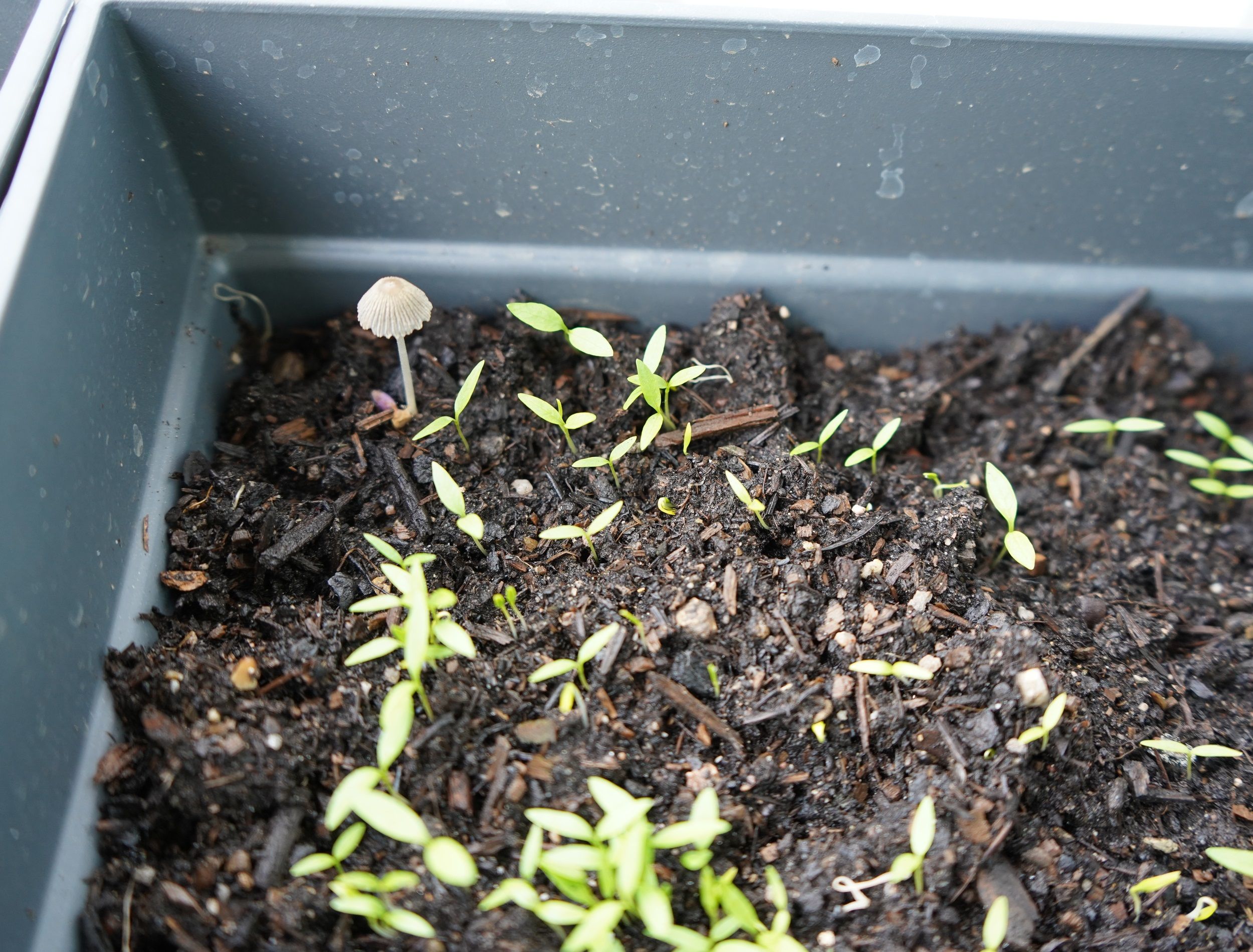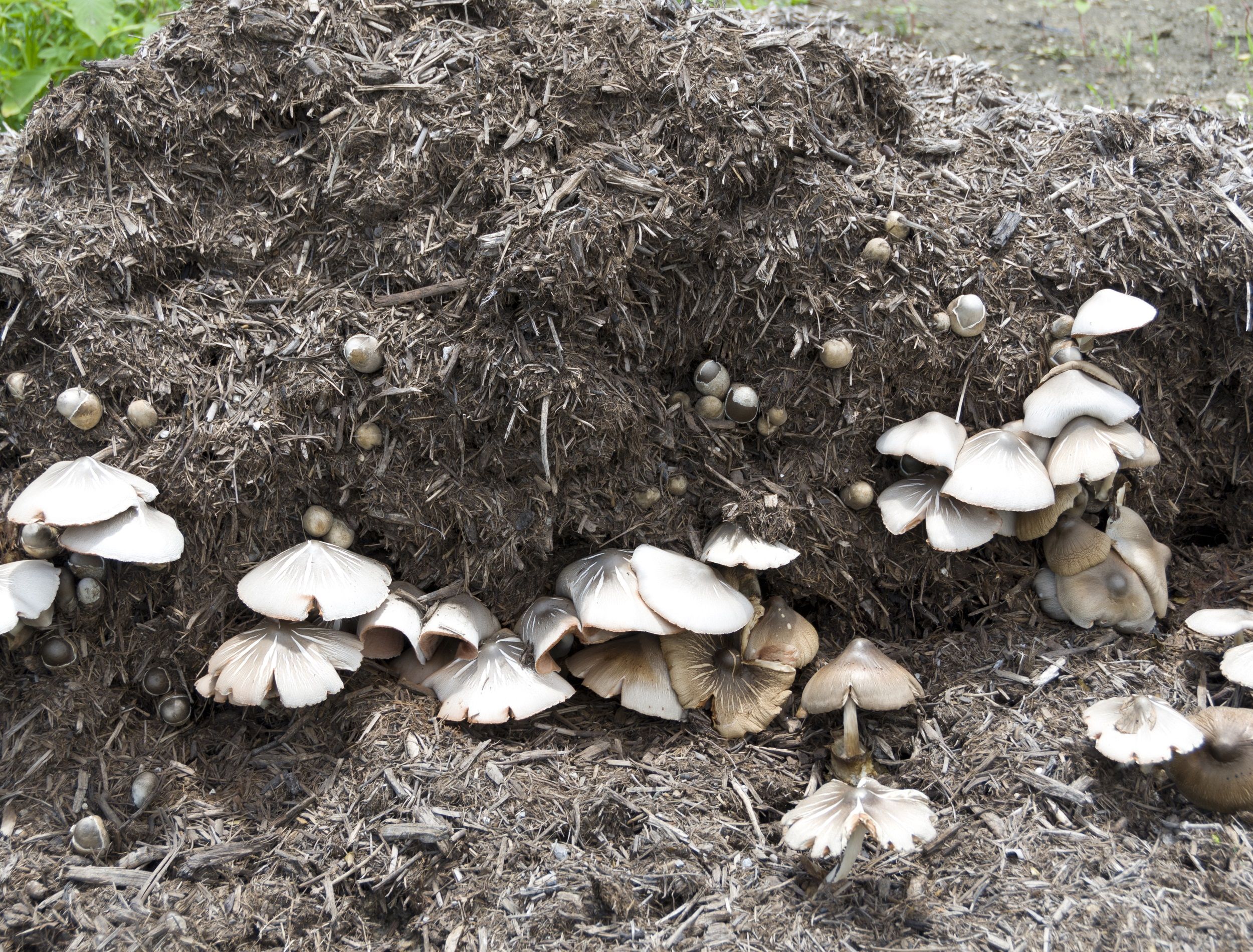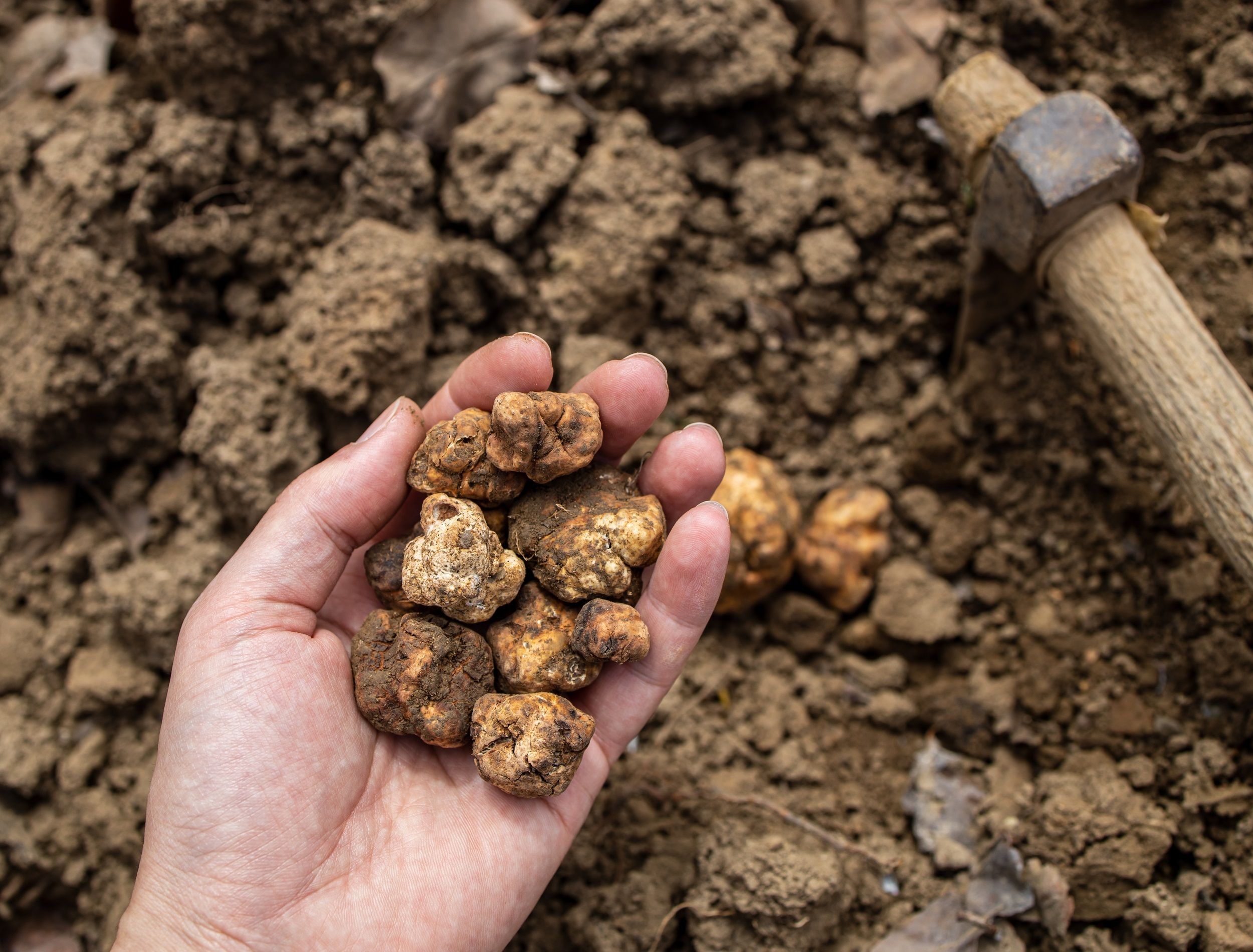When people hear mushroom compost, they automatically think it contains many mushrooms but, this is far from the truth! In fact, this type of compost contains no amount of mushrooms. It's actually a mixed type of soil that can be composed of straw, rye, wheat, and horse manure. Although the mixture does not contain mushrooms, this compost is popular when growing the edible fungi.
In the store this compost is usually labeled as spent mushroom compost or substrate. Many expert gardeners agree mushroom compost is an effective fertilizer for most flowering plants, herbs, lawns, shrubs, trees, and vegetables.
That being said, this type of compost has some liabilities to note, especially if you plan on using it in your garden.
Advantages of Using Mushroom Compost
1. Improves Soil Structure
Image credits: Zoe Schaeffer via Unsplash
Commercial mushroom compost primarily contains straw which improves the drainage of soil. Over time, it can break down dense soil, like clay soils.
Improving the drainage and overall structure of the soil means reduced water-logging, ultimately leading to healthier plant roots. Ineffective drainage can cause root rot, which can de detrimental to your plants health.
2. Attracts Earthworms
Image credits: amitp via Creative Commons
Earthworms are one of the major decomposers of organic matter. They improve soil structure, aeration, and nutrient cycling. Seeing how beneficial they are for your plants, it's only necessary that you have them in your soil. Earthworms love moist soil and since mushroom compost retains high levels of moisture, they will make themselves right at home in your soil.
3. Improves Soil Water Retention
Image credits: Sasiistock via Canva
Mushroom compost can retain high levels of moisture which improves the circulation of water throughout the soil. This is especially ideal for plants whose roots require lots of hydration, such as swamp sunflowers and red maple. Great water retention can also help in reducing water usage.
The wonderful thing about mushroom compost is that it's handy for gardeners who cannot water their plants regularly.
4. High in Calcium and Low in Nitrogen
Image credit: Krisana Antharith via Shutterstock
Calcium plays a crucial role in plant growth. This mineral maintains the cell walls of plants, which enables them to grow better. Because mushroom compost is rich in calcium it's the ideal compost for calcium-loving plants. Tomatoes, peppers, and eggplants are among many plants that respond to calcium. The nutrient helps prevent blossom end rot on their fruits.
Additionally, the low levels of nitrogen in mushroom compost are commendable compared to other fertilizers. The ideal compost should have a carbon to nitrogen ratio of 30:1 or lower, mushroom compost has a reputable ratio of 13:1.
5. It is Eco-Friendly
Image credits: Mikhail Nilov via Pexels
Mushroom compost is a by-product of the mushroom farming industry whereby the soil used in production gets recycled to make compost. This process doesn’t involve any additional materials, making it an eco-friendly compost to use in your garden.
6. Acts as a Slow-Release Fertilizer
Image credits: stellar678 via openverse
Slow-release fertilizers release small, steady amounts of nutrients over a longer period of time. Mushroom compost is an organic fertilizer that adds nutrients to the soil by naturally breaking down.
When it comes to quick-release fertilizers, rain and watering schedules can dilute them. If over-applied, they can cause fertilizer burn on your plants. By using mushroom compost, you can eliminate fertilizer burn while the compost remains in the soil, imparting its nutrients in a slow, uniform manner.
Disadvantages of Using Mushroom Compost
1. Can Contain Excessive Amounts of Salt
Image Credit: USDAgov via Creative Commons
Excess salt can hurt your plants by causing damage to their roots, which restricts their ability to absorb the nutrients they need. High saline levels in the soil are common with moist soils and mushroom compost is no stranger to this problem. Even when diluted with soil, its high salt content can still pose a threat to some plants.
Avoid using mushroom compost to germinate seeds or seedlings as they are sensitive to high salt levels. Plants such as blueberries, rhododendrons, and azaleas are sensitive to salt even as mature plants. You should choose plants that are tolerant of high salt contents such as lilies, rosemary, and yarrow.
2. Can Cause Rot and Fungal Infection
Image credit: Lano Lan via Shutterstock
The moist conditions mushroom compost provides are a breeding ground for rot and fungal infections. In moist soils, dormant fungi spores like Pythium, Phytophthora, Rhizoctonia, and Fusarium can cause root rot. All they need are moist conditions to develop and eventually infect your plant's roots.
It is difficult to revive a plant with root rot and often results in the plant's death. This is because, although the soil is moist, root rot prevents the plant's root from absorbing moisture and nutrients from the soil, thereby literally starving the plant to death.
3. Can Cause Waterlogging
Image credit: cocotheseal via Shutterstock
While there are plants that thrive in moist soil, there are also plants that prefer dry conditions such as cacti and succulents. Mushroom compost wouldn’t be ideal for plants that thrive in dry conditions. Besides a plant's affinity for wet or dry soil, water-logging is something to watch out for.
Excess rainfall, over-watering, and poor drainage can cause water-logging issues. If a plant's roots are kept in moist soil for too long, root rot can develop, which can be fatal for the plant. As we've learned above, root rot can prevent the plant from absorbing any moisture or nutrients from the soil, thereby causing the plant to die.
4. Contains No Beneficial Microorganisms
Image credits: BartCo via Canva
When mushroom compost is made, it goes through a pasteurization process where potential pests and pathogens get killed. This process also kills beneficial microorganisms, including molds and yeasts.
One such group of microorganisms is Actinomycetes, a greyish fungi-like bacteria that create the earthy smell of compost. They decompose complex woody materials in compost into proteins and other nutrients. Due to mushroom compost being effectively sterile, it may not be helpful in protecting your plants from disease. One way to rectify this is by mixing mushroom compost with non-sterilized compost.
How to Make Your Own Mushroom Compost
Image credit: kariphoto via Shutterstock
Retailers sell mushroom compost in three to 15kg bags, but if you're looking to make one yourself, here's how to do it:
1. Gather and Mix Ingredients
Mix soil, straw, manure and mushroom spores together. Allow the mixture to sit for 30 to 60 days in a warm place to allow the bacteria to feed on the straw and manure. This process imparts the beneficial nutrients that make mushroom compost so effective.
2. Harvest Mushrooms
During the processing weeks, mushrooms will grow, be sure to harvest them. Thereafter, you will need to slow the compost processing down to ensure that it is safe to use in your garden.
3. Process the Compost
Processing the compost will prevent fertilizer burn. In order to do this, you will need to maintain a minimum temperature of 60°C/140°F because, at this temperature, the larvae, pests, weeds, and other pathogens in the compost get killed.
4. Pasteurize the Compost
Turn your compost every few days to achieve pasteurization. Alternatively, you can boil your straw, heating it up to 70°C or 158°F, before mixing it with the soil, manure, and spores.
5. Let the Compost Cool
Once the pasteurization process is done, you’ll need to let the compost cool to a temperature below 30°C or 86°F. This will prevent seeds from overheating and dying in the soil. When your compost has cooled, it is ready to be used around your garden.
How to Use Mushroom Compost
Image Credit: Tom4u via Shutterstock
Fresh and undiluted mushroom compost can be too concentrated for germinating seeds and young plants. When applying it, mix it with soil following a ratio of two parts soil and one part compost. Alternatively, you can purchase compost that has the right ratio to save time and ensure consistency.
Another reason for diluting this compost is to reduce its strength of water retention. Despite its ability to retain moisture, too much of a good thing can be taxing. By retaining so much moisture, your plant's roots are bound to catch a fungal infection, which is why the compost should be diluted.
Furthermore, you can use mushroom compost as mulch by layering it sparingly on top of your soil. Be sure to leave a gap around tree trunks and plant stems.
Are You Going To Try It?
Overall mushroom compost comes with several benefits and some drawbacks to consider. We also talked about how to make your own compost if you prefer not to buy readily available ones in the market. It truly comes down to what your plants need and what type of plants you are growing or want to grow. If applied appropriately, this compost can serve your garden well.
Have you ever used mushroom compost in your garden? Let us know in the comments down below. If you enjoyed this article, don't forget to share it with other plant lovers!

